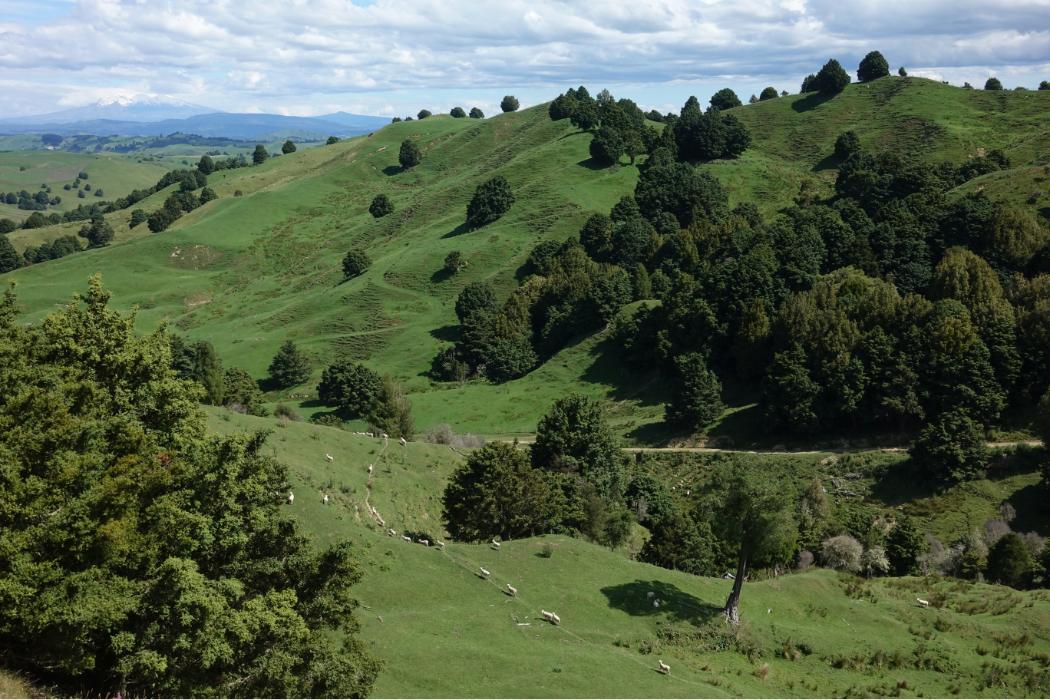BY: NIGEL STIRLING
Meat exporters are predicting a 10% fall in returns for lamb destined for the Chinese market this coming season as a gradual re-opening of restaurants and chronic shortages of pork help to shore up prices in the face of massive economic upheaval.
Despite the predicted easing in prices at least one major exporter is confident returns will remain 6-8% above the average of the previous five years.
Much will depend on competition from rival markets, according to Silver Fern Farms group sales manager Peter Robinson.
“If China does not have any competition for the likes of forequarters then they will understand that very quickly and that will potentially have an impact on pricing.”
Demand in China was gradually recovering as the country slowly opened again after locking its economy down through much of the first half of 2020 in response to the original coronavirus outbreak in Wuhan.
Alliance Group general manager of sales Shane Kingston said authorities continued to respond to flare-ups of the virus with localised lockdowns.
“Some urban areas are still locked down. Where they are open they are still operating on reduced capacity.”
By August major hot pot restaurant chain Haidilao reported 85% of its outlets were open again.
Those were operating at 70% of their usual capacity.
“Definitely people are still adjusting to spending time in public,” Kingston said.
“There is still a proportion of the population that have some nervousness about exposure to potential infection.”
Shutdowns of food manufacturers also hit demand for mutton, SFF’s Robinson said.
“It is processed into hot pot rolls and kebabs and they rely on the processing sector to be open and the majority were shut.”
Normally factories would be busy from April to June processing mutton ahead of the peak demand for hot pot rolls during China’s winter months.
“It was around April or May before they started to get into processing and then they had issues getting people back from where they were… it took the processors a long time before they got back to full speed.”
Both SFF and Alliance throttled back sales to China where they could during the first part of the year.
A massive run-up in prices for sheep meat last year was stopped in its tracks with a 20% correction in December after a release of tens of thousands of tonnes of pork from state reserves in an attempt to rein-in rocketing prices ahead of Chinese New Year celebrations.
The increase in pork prices had flowed through to sheep meat and beef prices in the second half of 2019 and followed them down again after Christmas.
Imports of sheep meat from NZ to China in the first six months of 2020 fell by 10% to 117,000 tonnes, while imported NZ beef was down 6% to 99,000t versus the same period the year before.
“January to June we diversified forequarters away from China to the Middle East which picked up a bit early on,” Robinson said.
“Europe was still going in January and February as was the UK in terms of legs.”
China continued to hoover up other protein from the rest of the world during the first half of the year, however.
Pork imports more than doubled while beef was up by 27%, according to Chinese customs data.
May and July were record months for South American beef.
At the same time nearly half a million tonnes of pork was released from state reserves compared to 169,000 tonnes in the first half of last year.
But while inventories were higher than normal, particularly for beef, there was no suggestion of a glut, Robinson said.
Importers were buying on expectation of a revival in demand rather than to meet current consumption, he said.
While pork prices had eased they were still high by historic standards.
Robinson said China’s pork production had yet to recover from the devastation wrought on its pig population by African Swine Fever and the country was struggling to fill the gap.
“At some stage China will exhaust their reserves and imports just won’t keep up and that is where beef consumption will replace pork and we will see that underlying shortage of protein kick in.”
The shortage of pork was also helping to keep sheep meat prices up for now despite patchy demand.
By early September SFF had sold its lamb flap production for September and October.
“The really telling part will be when we get to November and December – two of our biggest months in terms of lamb kill to see whether that demand is still there,” Robinson said.
“My feeling is that it will be okay.”
Overall pricing would be dictated by other markets however.
“Given currently weak competition for legs from the UK and forequarters from the Middle East we will see more product diverted to China and that will see a slight softening from last year of at least 10%.”
That would still be 6%-8% above the five-year average.




